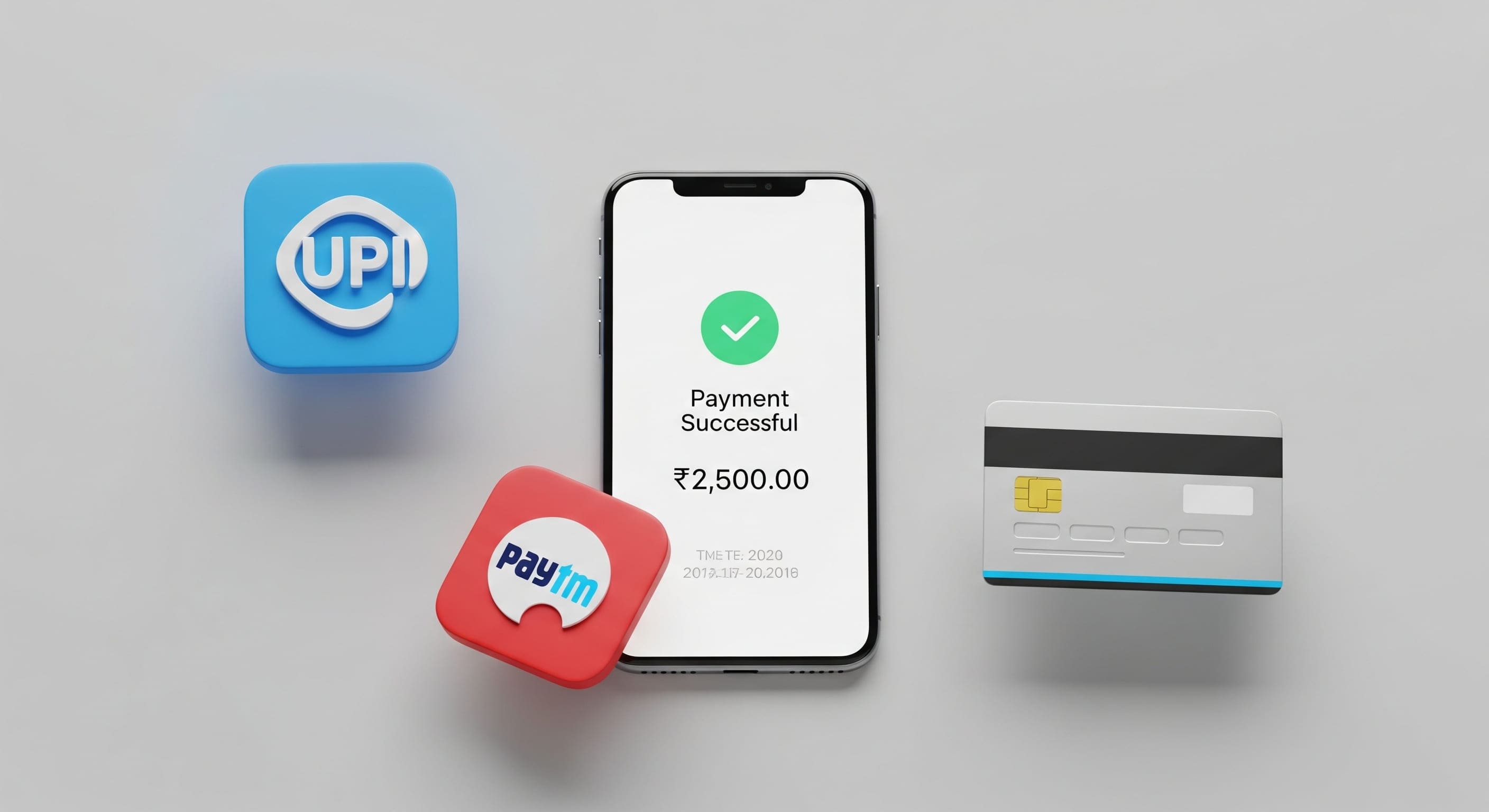India is in the middle of a digital revolution. With millions of new users coming online every year, there has never been a better time to launch your own online business. But a great idea is only the first step. Success depends on a solid strategy and flawless execution.
Many founders get stuck on the technical details and lose sight of the bigger picture. This guide breaks down the essential, non-negotiable steps you must take to turn your vision into a profitable online business in the Indian market.
Step 1: Choose Your Platform Wisely
Your e-commerce platform is the foundation of your entire business. This is not a decision to be taken lightly. You have two main paths:
Path A: SaaS Platforms (Shopify, WooCommerce)
These are excellent for getting started quickly. They offer pre-built templates and a user-friendly interface.
- Pros: Fast to launch, lower upfront cost, easy to manage without a technical team.
- Cons: Can become expensive with transaction fees, limited customization, you don't own the core code.
Path B: Custom Development
A custom-built platform is for founders with a unique business model or those who plan for massive scale from day one.
- Pros: Complete control over features and design, scalable, no transaction fees, you own the asset.
- Cons: Higher upfront investment, longer development time.
Strategic Advice: Start with a platform like Shopify or WooCommerce to validate your product. As you grow and your needs become more complex, migrate to a custom solution. This is the most capital-efficient path.
Step 2: Master the Indian Payment Puzzle
If your customers can't pay you easily, you don't have a business. India's payment landscape is dominated by mobile and digital wallets. Your checkout process must be seamless.

Your absolute must-haves are:
- UPI: This is the most popular payment method in India. It must be a one-click option.
- Major Wallets: Paytm, PhonePe, and Google Pay are essential for mobile conversions.
- Cards & Net Banking: Still a crucial part of the mix for all customer segments.
Partner with a reliable Indian payment gateway like Razorpay or PayU. They handle the complexity and ensure your transactions are secure.
Step 3: Solve for Logistics Before You Launch
A great product and a beautiful website mean nothing if you can't deliver your orders. Indian logistics is a complex web of pincodes, courier partners, and regional challenges. You must have a clear strategy for:
- Pincode Serviceability: Can you actually deliver to your customer's address?
- Shipping Costs: How will you calculate and charge for shipping? (Flat rate, weight-based, free shipping thresholds).
- Returns Management (Reverse Logistics): How will you handle product returns? A difficult return process can kill a new brand.
Using a shipping aggregator like Shiprocket is highly recommended for new businesses. It connects you to multiple couriers and simplifies rate calculation and tracking.
Step 4: Build Unbreakable Trust
In a crowded market, trust is your most valuable currency. A new customer is taking a risk by ordering from you. You must eliminate that risk by building trust signals into every part of your website.
- Crystal-Clear Policies: Your Shipping, Refund, and Privacy policies must be easy to find and understand.
- Professional "About Us" Page: Tell your story. Who are you? Why did you start this business? People connect with people.
- Social Proof: As soon as you have them, display genuine customer reviews and testimonials.
- Secure Site (HTTPS): An SSL certificate is not optional. It is the bare minimum for establishing trust.
Ready to Build Your Online Empire?
Launching an online business in India is a journey. Having an expert technical partner can be the difference between success and failure. If you're ready to build a scalable, secure, and high-performance platform, we can help.
Book a Free Strategy Call